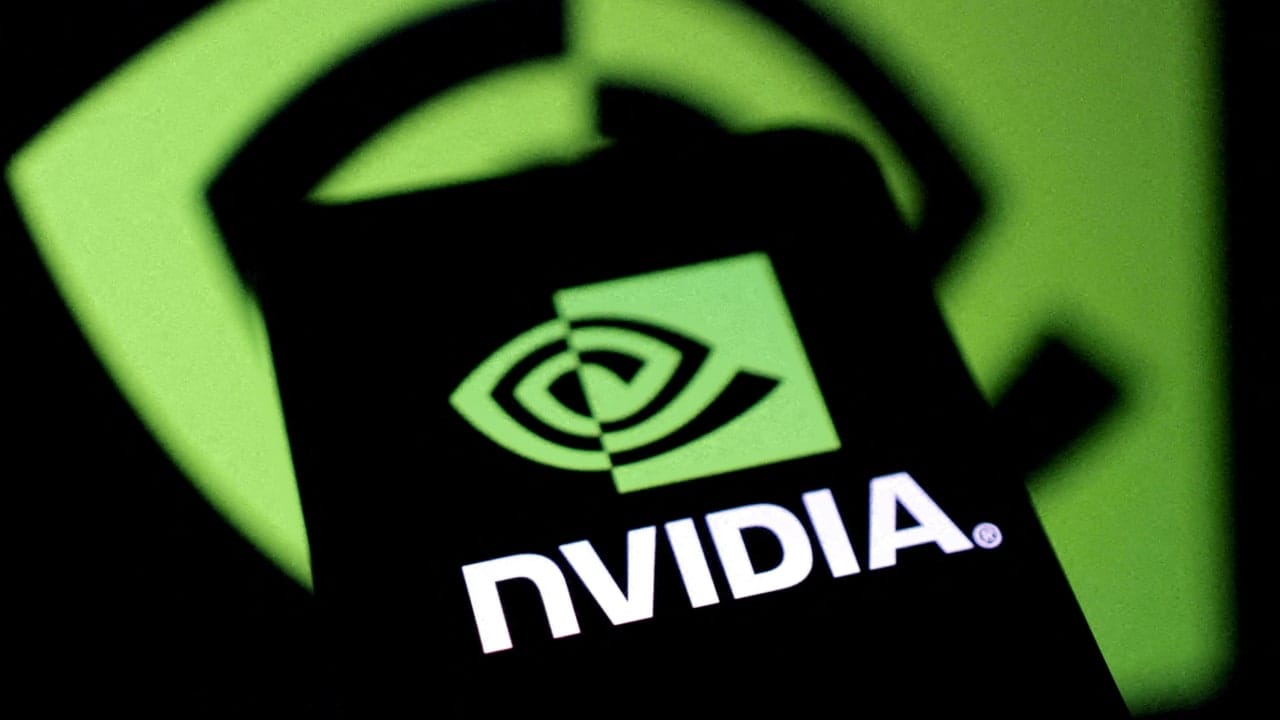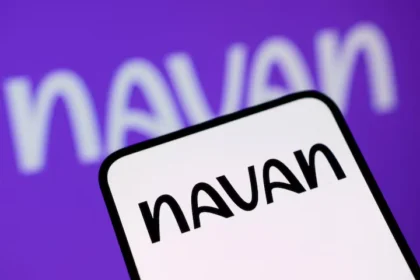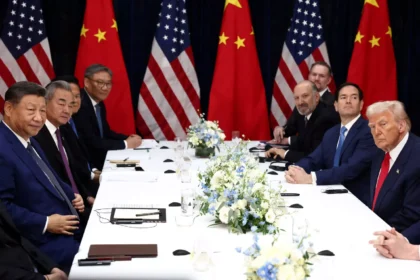When Nvidia crossed the 5 trillion dollar market capitalization mark, it became clear that the technological landscape had entered a new era. At YourDailyAnalysis, we see this moment not just as a corporate milestone, but as a symbol of the broader shift in which computing power itself becomes a form of geopolitical influence. Nvidia is no longer merely a graphics processor manufacturer – it has evolved into the infrastructural backbone of the global artificial intelligence industry, comparable in strategic weight to the energy and financial giants of the last century.
The company’s shares rose more than 3% in pre-market trading, while CEO Jensen Huang announced $500 billion in AI chip orders and plans to build seven supercomputers for the U.S. government. These projects go far beyond commercial contracts: they represent systems designed for research, defense, and national innovation programs. We note that Huang is not just expanding Nvidia’s business footprint – he is redefining the relationship between private enterprise and state power, turning AI into an essential part of national infrastructure.
The geopolitical angle is equally significant. U.S. President Donald Trump is expected to discuss Nvidia’s flagship Blackwell chip with Chinese President Xi Jinping, highlighting the company’s emerging role as a technological intermediary between global powers. At the same time, Huang walks a fine line: he supports American industrial policy and the localization of production, while warning that fully cutting China off from Nvidia’s ecosystem could deprive the U.S. of access to half the world’s AI innovation. As analysts at YourDailyAnalysis emphasize, this is not mere diplomacy – it’s strategic calculus. Nvidia is positioning itself as a bridge between technological blocs, not the instrument of one side.
Over the past three months, Nvidia’s valuation has surged from 4 to 5 trillion dollars, and Huang’s personal net worth has risen to roughly 170 billion, placing him among the world’s richest individuals. But more importantly, Nvidia now drives the global market’s psychology. Its weight in the S&P 500 and Nasdaq 100 means that its performance directly influences global investment sentiment. At YourDailyAnalysis, we see Nvidia as a proxy for confidence in the AI sector itself – when Nvidia rises, the entire technology market follows.
Competitors are trying to close the gap, yet Nvidia’s ecosystem remains unmatched. The company sells not just hardware, but a complete technological standard – from its GPU architecture and CUDA platform to integrated tools for neural network training. This gives it an immense competitive moat. However, its dominance also draws regulatory attention: U.S. export restrictions on advanced chips to China are tightening, positioning Nvidia simultaneously as both a technological leader and a geopolitical instrument.
A valuation of 5 trillion dollars places Nvidia on par with entire economic regions – larger than the cryptocurrency market and roughly equivalent to half of Europe’s Stoxx 600 index. This scale makes Nvidia both a driver of innovation and a systemic risk. Any disruption in supply chains, delay in the Blackwell rollout, or policy shift could trigger global market volatility.
All eyes are now on Nvidia’s upcoming quarterly earnings report on November 19. The results will determine not only the company’s near-term trajectory but also investor confidence across the AI industry. If Nvidia confirms robust demand and sustained margins, the market’s optimism will deepen. If not, for the first time in years, investors may start questioning whether the AI boom has outpaced its fundamentals.
At Your Daily Analysis, we believe Nvidia has become the defining symbol of this technological era – where infrastructure-scale companies shape political balances and economic cycles. This is no longer the story of one company’s success; it’s the story of who controls computation itself, who defines the architecture of intelligence, and how technology becomes the ultimate instrument of global power.















